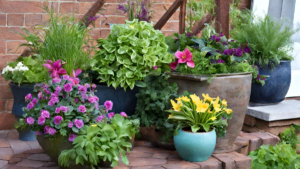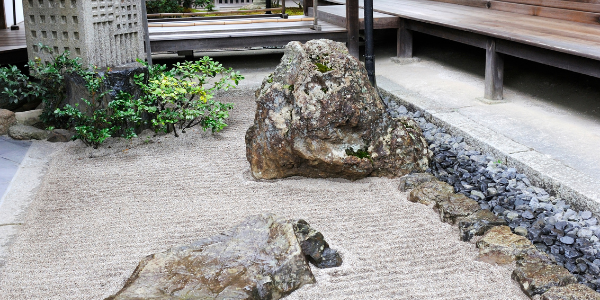Builder’s sand can be used in many different ways, including performing various functions in your garden.
This article reveals the many ways you can use builder’s sand to enrich your garden and improve your plant growth.
What Is Builder’s Sand?
Builder’s sand is a coarse, gritty material. It gets its name from being a common ingredient of many cement and mortar mixes.
Builder’s sand can actually serve many valuable functions in the garden, besides being used in garden walls.
What Can I Use Builder’s Sand For in My Garden?
Builder’s sand can be used to improve drainage and help aerate the soil. It’s especially beneficial if you have soil with a high clay content.
Some plants may also prefer a sandier soil to grow in, so mixing some builder’s sand into the soil can help these plants thrive.
Can I Use Builder’s Sand to Level My Garden?
Some experts say yes, others say no. There are several factors that can influence this, so consultation with a local expert in gardening or landscaping is advised.
How Does Builder’s Sand Improve Drainage?
The coarse nature of the sand provides more space for water and air to flow through the ground. It’s not as absorbent, so the water won’t be trapped.
Besides improving water flow, builder’s sand can break up the soil and make more room for your plants to grow.
How Much Sand Should I Add to My Garden for the Best Results?
It depends on the original composition of your soil, and whether you intend to add anything else, like potting soil or compost. It also depends on what sort of plants you intend to have in your garden.
What Ratio of Sand-to-Soil Should I Have for Heavy Clay Content?
The general consensus is that, in a pure sand-to-clay mix, you should have a 1:1 ratio. However, many expert gardeners suggest mixing in compost to add nutrients.
What Ratio is Recommended for a Clay/Sand/Compost Mixture?
There is some debate on the matter, but many experts suggest the following mix:
one-third topsoil, one-third compost, one-third sand.
This provides both additional nutrients and aeration to help your plants thrive.
What Amount of Sand is Right for Loamy Soil?
Loamy soil with a low clay content generally needs less sand, since it’s not as dense or compressed.
For soil aeration recommendations vary, but tend to be about a 1:4 ratio of builder’s sand to soil.
For ground cover or layering the soil, 1-3 inches of builder’s sand is generally advised.
How Do I Know the Exact Amount of Sand I Need?
Check with your local gardening resources. Experiment with different mixtures to see what works best for you.
What Kinds of Plants Prefer Sandy Loam or Sandy Soil to Grow?
Most vegetables thrive in sandy loam or sandier soils, especially root vegetables like carrots and parsnips.
Vegetables like tomatoes, cucumbers, lettuce, corn, and beans will also do well in sandy soil.
Many flowers will also benefit from a mix of builder’s sand and soil, but it’s best to double-check their individual requirements before planting.
Are There Plants that Shouldn’t Have Builder’s Sand in the Soil?
Some of the more nutrient-demanding plants may prefer a lower ratio of sand-to-soil mix.
Vegetables like broccoli are a good example of a more nutrient-happy plant.
Likewise, flowers like peonies prefer more loam, less sand.
Related Articles
- Backyard Garden Design

- Front Yard Landscaping Ideas
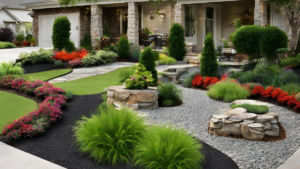
- Smart Watering: The Key to a Vibrant and Lush Lawn
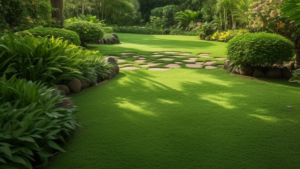
- Unveiling the Timeless Charm of Cottage Garden Inspiration
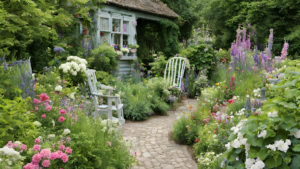
- Zen Garden DesignZen Garden Design

- Container Garden Ideas
